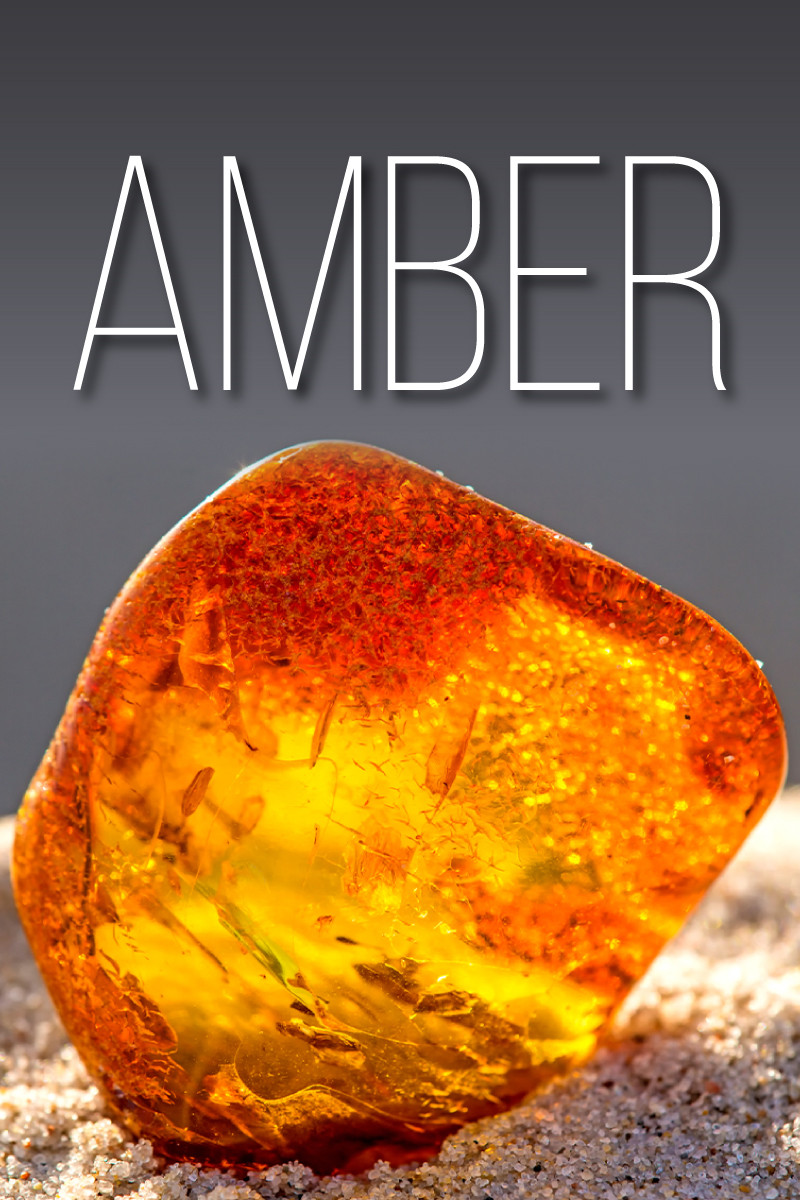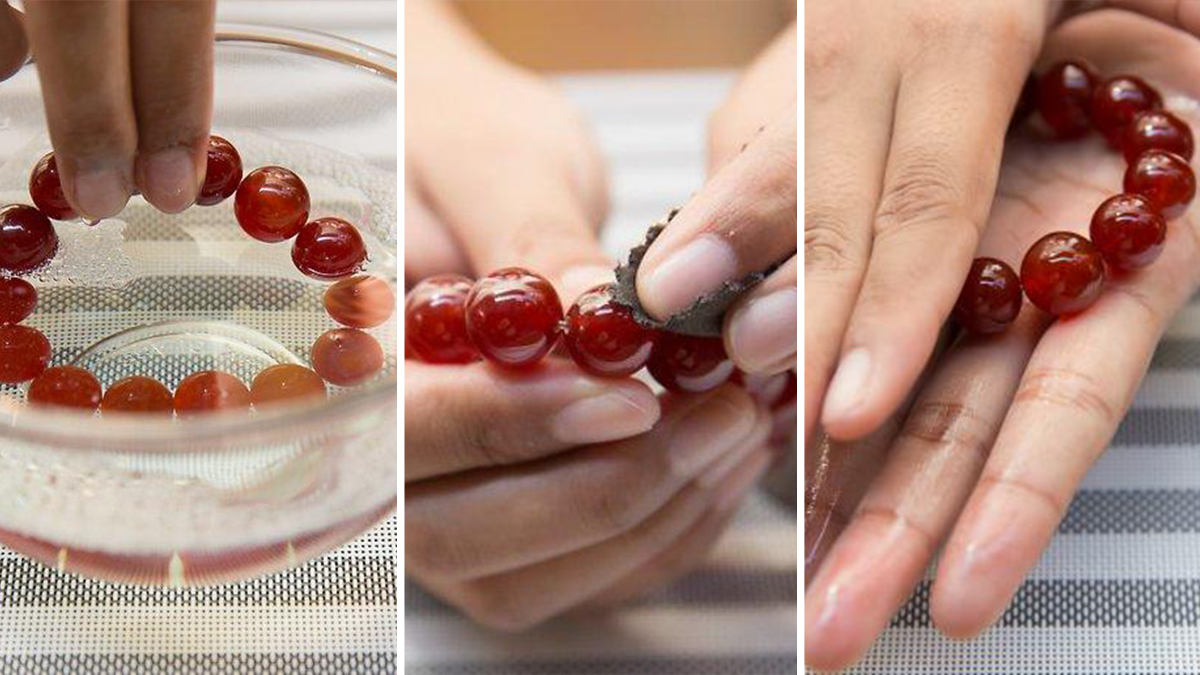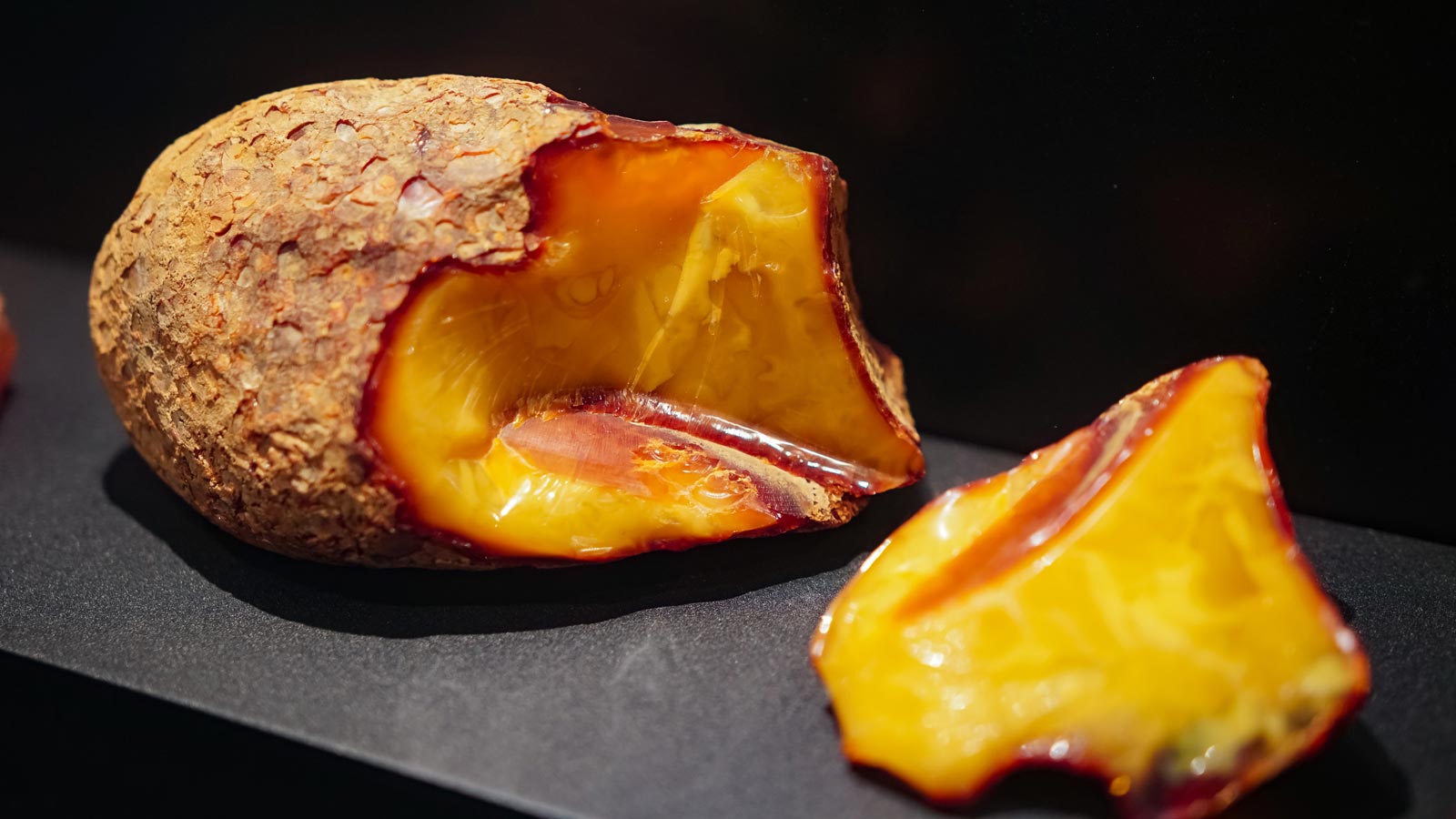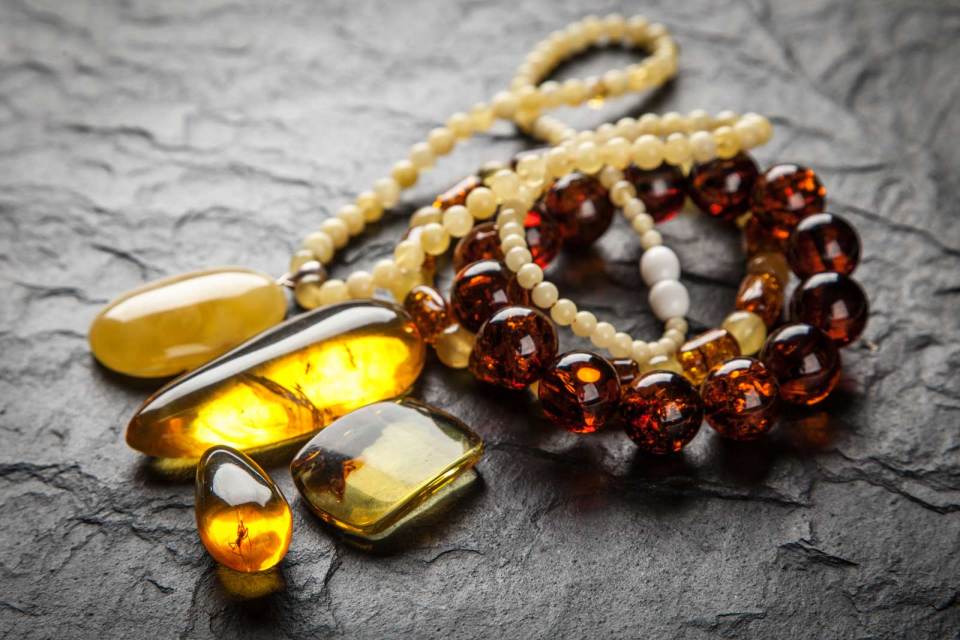Expressing the hardness of amber, we find that this unique gemstone strikes a balance between beauty and durability, making it an intriguing choice for jewelry lovers. By understanding its properties, you can enhance your experience with amber jewelry and ensure its longevity.
Understanding the Characteristics of Amber in Jewelry
Amber, a captivating gemstone known for its warm hues and ancient origins, possesses unique properties that make it a desirable choice for jewelry. While exploring amber’s many facets, a critical aspect to consider is its hardness and durability. This section delves into the hardness of amber, its durability, and how these factors influence its use in jewelry.
The Amber Hardness Scale and Its Implications
Amber is rated on the Mohs hardness scale, which measures mineral hardness. Typically, amber scores around 2 to 3, indicating that it is relatively soft compared to many other gemstones.

When considering the amber hardness scale, it’s essential to understand that this makes amber less resistant to scratches and impacts. Therefore, while amber is beautiful and versatile, jewelers often recommend styles that minimize exposure to potential damage.
Evaluating Amber Durability for Jewelry Use
While how hard is amber may suggest it is fragile, the gemstone’s overall durability can still be substantial when cared for appropriately. Properly treated amber pieces can withstand daily wear but must be handled with care.
Routine maintenance is crucial in ensuring the longevity of amber. By incorporating practices to protect and preserve it, individuals can enjoy their amber jewelry without worrying about losing its natural allure.
Caring for Amber Jewelry to Extend Its Lifespan
Amber requires specific care techniques to maintain its beauty and integrity. Understanding how to care for this unique gemstone is vital for jewelry owners to ensure their pieces remain as captivating as the day they were acquired.
Essential Tips for Amber Jewelry Care
Proper care for amber jewelry care includes avoiding harsh chemicals and excessive exposure to sunlight. Amber can lose its luster and become discolored if not treated with caution. Use a soft cloth to gently clean your amber pieces, ensuring that any dirt or oil is carefully removed without damage.
When storing your amber jewelry, it is best to keep it separate from other harder gemstones to prevent scratches. A soft pouch or lined box can help keep it safe while also avoiding places with high humidity or direct heat sources.
Testing the Authenticity of Amber
For many jewelry enthusiasts, ensuring the authenticity of amber is paramount. One way to ascertain its genuine nature is through testing methods that can determine whether a piece is true amber or imitation.
The most common test involves immersing the piece in saltwater. Genuine amber will float while many imitations will sink. Additionally, checking for bubbles or signs of resin in the material confirms its authenticity. These techniques are essential for buyers interested in the true qualities of amber gemstone properties.

Identifying the Distinction Between Amber and Resin
While shopping for jewelry, understanding the differences between amber and various resins can help buyers make informed choices. The overlap in appearance can be misleading, so recognizing key differentiators is crucial.

Amber Versus Resin Hardness
When comparing amber vs resin hardness, it’s important to note that amber is much older and more durable in its natural form. Resins, on the other hand, can vary widely in hardness and resilience depending on their specific formulation and treatment.
Understanding these differences affects how each material is used in jewelry design. Amber’s natural properties lend it a unique aesthetic that can often distinguish it from synthetic alternatives.
How to Evaluate the Hardness of Fossilized Amber
Fossilized amber, often sought after by collectors, can sometimes be harder than the softer varieties. The hardness of fossilized amber is influenced by the degree of polymerization and age of the specimen.
To effectively evaluate the condition and hardness of such pieces, jewellers often recommend comprehensive testing methods that assess their integrity and potential for use in high-quality jewelry. Recognizing these elements is vital for anyone considering adding fossilized amber to their collection.
Enhancing Your Jewelry Collection with Amber
Choosing amber for your jewelry collection offers not only aesthetic appeal but also a rich historical connection. Its understanding requires a nuanced approach, particularly regarding how to select the right pieces.

Key Considerations When Buying Amber Jewelry
When contemplating a purchase, it’s essential to inquire about the amber durability and characteristics of the jewelry. Ask sellers about the sources of their amber and whether it has been ethically harvested. This not only impacts the environmental footprint but also adds value to your purchase.
Additionally, consider the type of jewelry you wish to invest in. Whether it’s a ring, necklace, or earrings, understanding how that specific style influences amber’s exposure will help in maintaining its condition over time.
Making Informed Choices for Amber Jewelry Investment
Investing in amber requires an appreciation for its unique qualities. Always seek reputable jewelers or sellers who can provide detailed information about each piece’s origin and treatment.
By educating yourself on aspects such as testing amber hardness and the performance of amber in various jewelry settings, you enhance your ability to make informed, satisfying purchases that align with your personal style and investment goals.
Understanding the hardness of amber provides valuable insight into its remarkable durability and suitability for various jewelry applications. This knowledge equips enthusiasts with the confidence to care for their pieces while appreciating the unique characteristics of this beautiful gemstone.
